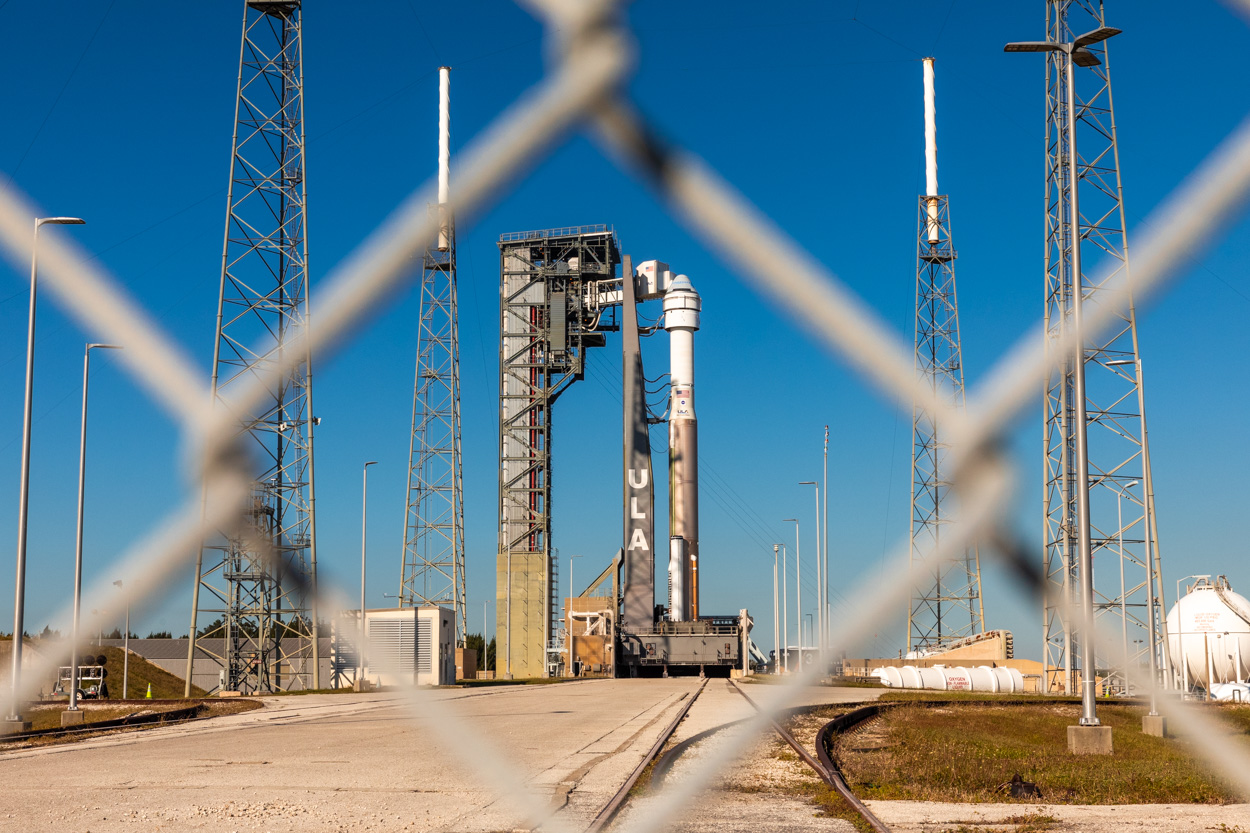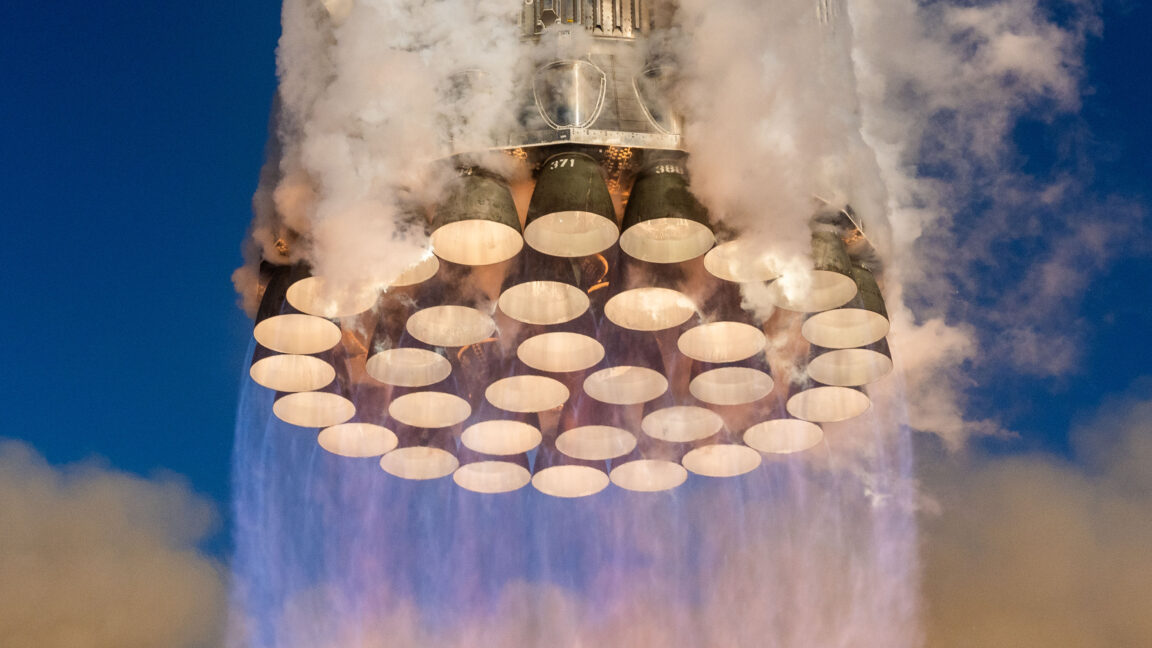In September 2009, Boeing announced that it would participate in NASA's new "commercial crew" program. The aerospace industry leader vowed to bring its long experience in supporting the space agency and leverage its human spaceflight experience to make the program successful.
"Boeing has a lot to offer NASA in this new field of commercial crew transportation services," Keith Reiley, then the Boeing program manager for the project, said at the time. "To show our commitment, we are willing to make a substantial investment in research and development."
This was a consequential moment for the new program, which lacked widespread support from Congress. The commercial initiative had only been created because the Obama administration tucked $50 million into its American Recovery and Reinvestment Act of 2009 for a new program start.
In recent years, both of the two top leaders of NASA in 2009—former Administrator Charlie Bolden and Deputy Administrator Lori Garver—have pointed to Boeing's entry into the commercial crew program as essential to its long-term success.
"Boeing entering the commercial crew program meant that you got a lot more support from Congress because they tend to have a very robust lobbying program," Garver said last year. "I was very happy when the traditional, big aerospace company Boeing bid. Because I think that was a tough call. And I think if they look back on it, they wouldn't do it again."
Lack of investment
Thursday's disquieting announcement from Boeing that it found two serious safety issues with its Starliner spacecraft—insufficiently strong parachute straps and hundreds of feet of flammable tape inside the vehicle—within weeks of its first crewed flight raises questions anew about the viability of the program.
To date, Boeing has taken nearly $900 million in charges against its earnings for setbacks in Starliner's development, and this latest delay, which is likely to take at least six months to resolve, if not much longer, will undoubtedly push those charges higher. It is difficult to see Boeing ever making money on Starliner after nearly 14 years of involvement in commercial crew.
Although Reiley said in 2009 the company was making a "substantial investment" in the development of Starliner, then known as CST-100, multiple sources told Ars that was not the case. Instead, Boeing for a long time "nickel-and-dimed" the time engineers spent working on Starliner. This was partly due to congressional underfunding of the commercial crew program but also because Boeing did not want to put skin in the game.
This has been a poor decision in retrospect because, due to the fixed-price nature of its contract with NASA, Boeing is largely responsible for cost overruns and losses due to ongoing delays. The company now essentially has three options, none of which is particularly appealing.
Three options
The first option would be for the company to stick to its present course, spending internal funding on Starliner to complete a test flight with NASA astronauts Suni Williams and Butch Wilmore, and become certified for NASA missions. During a teleconference with reporters on Thursday, Mark Nappi, vice president and program manager for Starliner, said this was the company's plan. "We're really focused on the future, and what it takes to get certified," he said. "Then we have to focus on meeting our commitment to NASA."
One problem with this approach is that, even if Starliner achieves certification, NASA has front-loaded a lot of the $4.2 billion contract Boeing received for Starliner's final development and six operational flights. This means that once Starliner starts flying crew to the space station, Boeing is likely to continue losing money on an annual basis because NASA has previously distributed milestone payments to the company.
A second option is for Boeing to pull the plug on Starliner. When asked if Boeing management had discussed this, Nappi said, "No, not serious discussions about that." Ending the program would stanch the funding losses, but it would come with a steep price. By ending its participation in commercial crew, Boeing would be admitting defeat to SpaceX and its Crew Dragon spacecraft. This likely would mark the beginning of the end of Boeing as a major contractor in human spaceflight. The company might also have to pay back some of the money it has already received from NASA for commercial crew work.
The final option for Boeing is to double down on its investment in Starliner. It could put the kinds of resources into the program it should have five to 10 years ago and produce a safe, robust vehicle. Moreover, it must invest now to ensure Starliner has a future beyond six operational missions for NASA. For this, Boeing needs to build more crew capsules—there are just two human-rated Starliners—and find an alternative launch vehicle once the Atlas V rocket retires.
Tough competition
Such a path would not be cheap. But as it stands, even if Starliner does start flying, it will limp through six operational missions for NASA, which will exhaust the supply of Atlas V rockets allotted to it. And after that? The lights will dim, and Starliner will go dark in 2030. Nappi acknowledged that Boeing had discussed how to handle Starliner's future.
"We've been talking about the future of Starliner and how we're going to move forward," Nappi said. "To continue to fly Starliner we've got to make some decisions about which launch vehicle we're going to use. If we reach a certain flight rate, we will need to build more crew modules. Those are the discussions that we're having with our management. The types of investment that it makes. The customers that are currently out there that we would utilize to make the business case close. How do we move forward with those variables."
The brutal reality is this: It is not in Boeing's nature to take the risky path forward and self-invest to ensure a long-term future for Starliner. Moreover, the commercial market does not look robust, and competition with SpaceX will be stiff. SpaceX has now flown its Crew Dragon vehicle 10 times successfully at a price that is substantially lower than Starliner. Will many customers want to pay a premium for a far less proven ride to space?
Garver is almost certainly correct—in retrospect, Boeing would have chosen differently.


